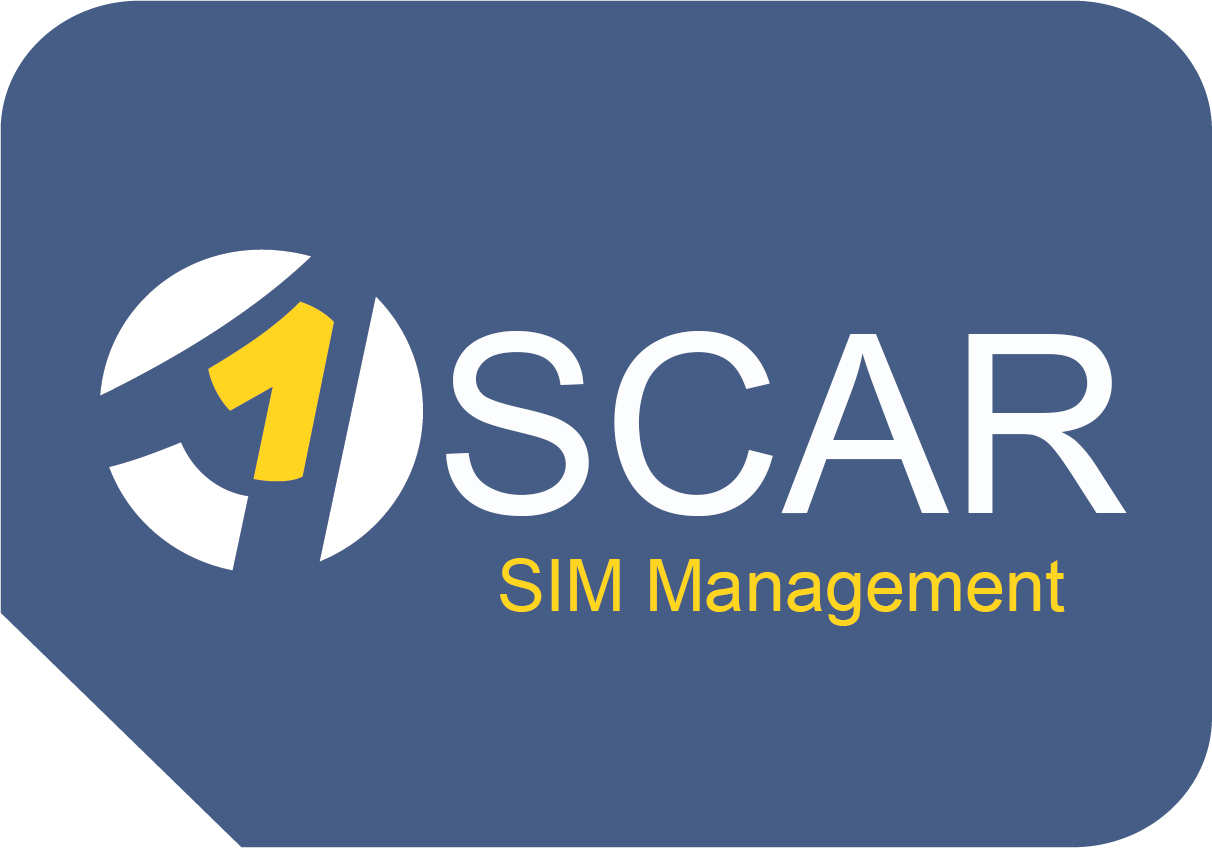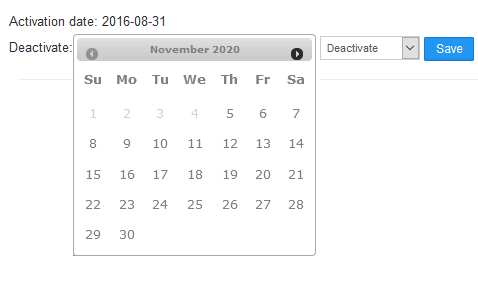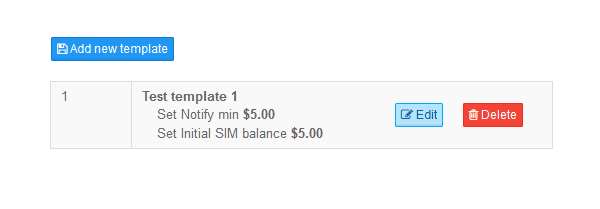New SIM Search Filter Added for SIMs with IMEI Lock
An M2M Sim card client requested to search for all M2M SIM cards with the IMEI lock enabled. With this update, M2M SIM cards with the IMEI lock engaged are now quickly identified. Many devices can be changed because the M2M SIM cards with the lock can be unlocked. This was particularity important for this client moving IoT SIMs from older 3G devices to their new 4G devices. Once the SIMs that had the lock were identified there is now a new bulk operation to remove the IMEI lock.

New Bulk Operation Added to Remove IMEI Lock
In concert with the above IoT Sim card filter, we added a new bulk operation to remove IMEI locks on many SIMs at once. This additional functionality makes the process of SIM card IMEI locks much faster because the administrator no longer has to go in the the SIM settings for each SIM to remove the lock. If you have thousands of M2M SIM cards, this was very time consuming. An administrator can now perform this function to many M2M SIM cards at once.

Contact Us!
We welcome feedback! If you have any feedback on our IoT SIM card OSCAR Platform, please send us a note. You can reach us at feeback@onesimcard.com.
If you would like to speak with one of our M2M SIM Card experts, please reach out to us at Sales@onesimcard.com. You can also submit a custom quote request on our site. We will develop a solution specific to your requirements.





